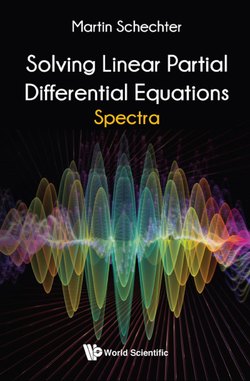Описание книги
Partial differential equations arise in many branches of science and they vary in many ways. No one method can be used to solve all of them, and only a small percentage have been solved. This book examines the general linear partial differential equation of arbitrary order m. Even this involves more methods than are known. We ask a simple question: when can an equation be solved and how many solutions does it have?The answer is surprising even for equations with constant coefficients. We begin with these equations, first finding conditions which allow one to solve and obtain a finite number of solutions. It is then shown how to obtain those solutions by analyzing the structure of the equation very carefully. A substantial part of the book is devoted to this. Then we tackle the more difficult problem of considering equations with variable coefficients. A large number of such equations are solved by comparing them to equations with constant coefficients.In numerous applications in the sciences, students and researchers are required to solve such equations in order to get the answers that they need. In many cases, the basic scientific theory requires the resulting partial differential equation to have a solution, and one is required to know how many solutions exist. This book deals with such situations.<b>Contents:</b> <ul><li>The Importance of the Spectrum</li><li>Functional Analysis</li><li>Function Spaces</li><li>Partial Differential Operators</li><li>General <i>L<sup>p</sup></i> Theory</li><li>Relative Compactness</li><li>Elliptic Operators</li><li>Operators Bounded from Below</li><li>Self-Adjoint Extensions</li><li>Second Order Operators</li><li>Quantum Mechanics</li></ul><br><b>Readership:</b> Graduate students, researchers and specialists who come across linear partial equations in their work in the fields of mathemetics and the physical sciences.Partial Differential Operators;Spectral Theory;Eigenvalues;Elliptic Operators;Essential Spectrum;Intermediate Extension;Schr+Âdinger Operator;Self-Adjoint;Minimal and Maximal Operators;Relative Boundedness and Compactness0<b>Key Features:</b><ul><li>The most comprehensive coverage of linear partial differential equations of arbitrary order</li><li>Three chapters are devoted to background material. Only a good knowledge of calculus and vector spaces is required</li><li>Much of the material is not found in other books</li></ul>
